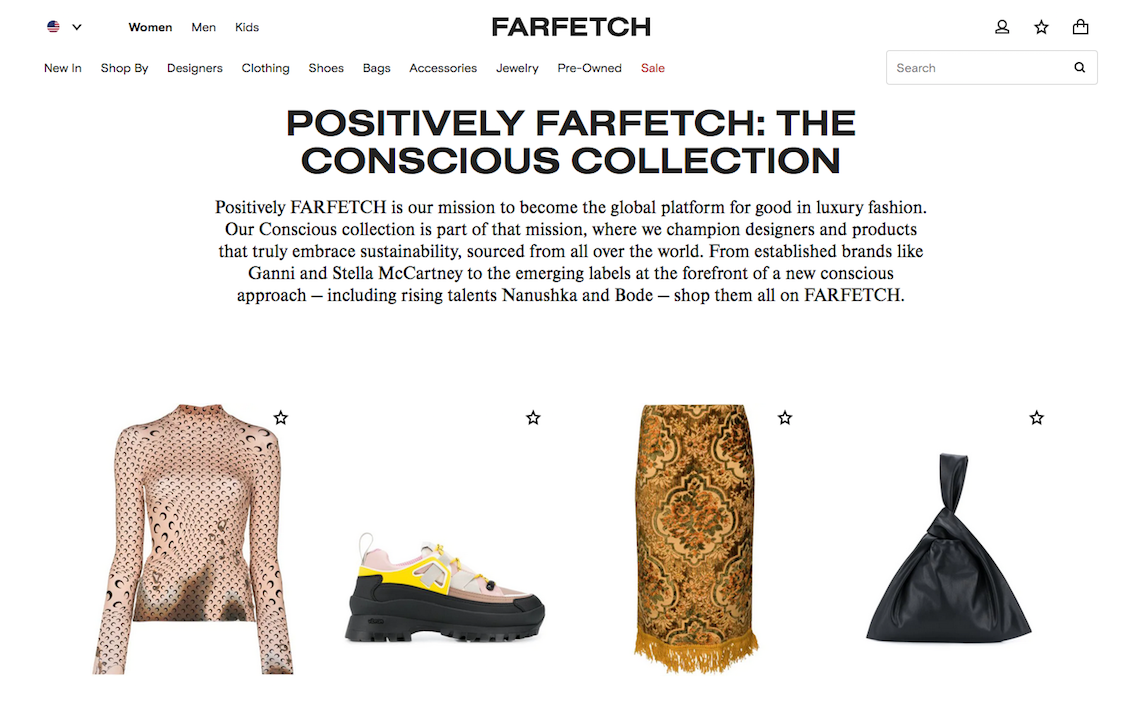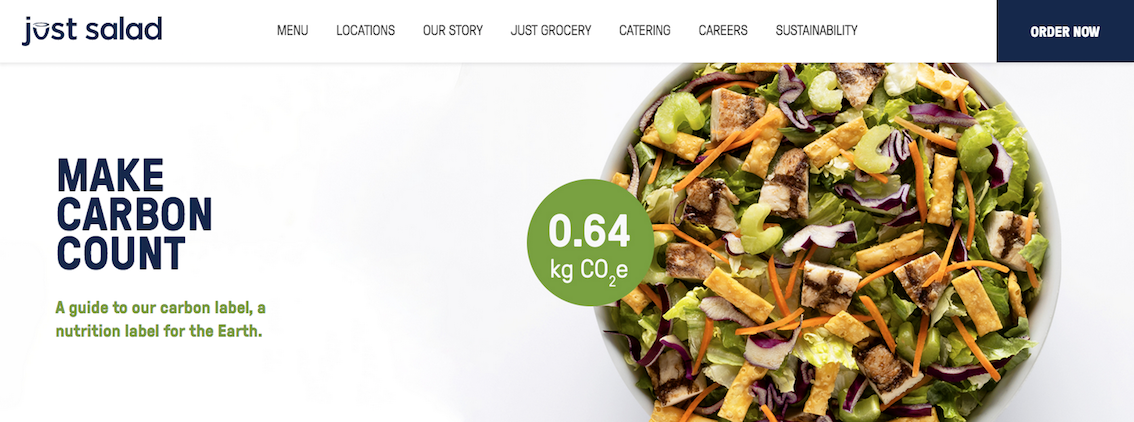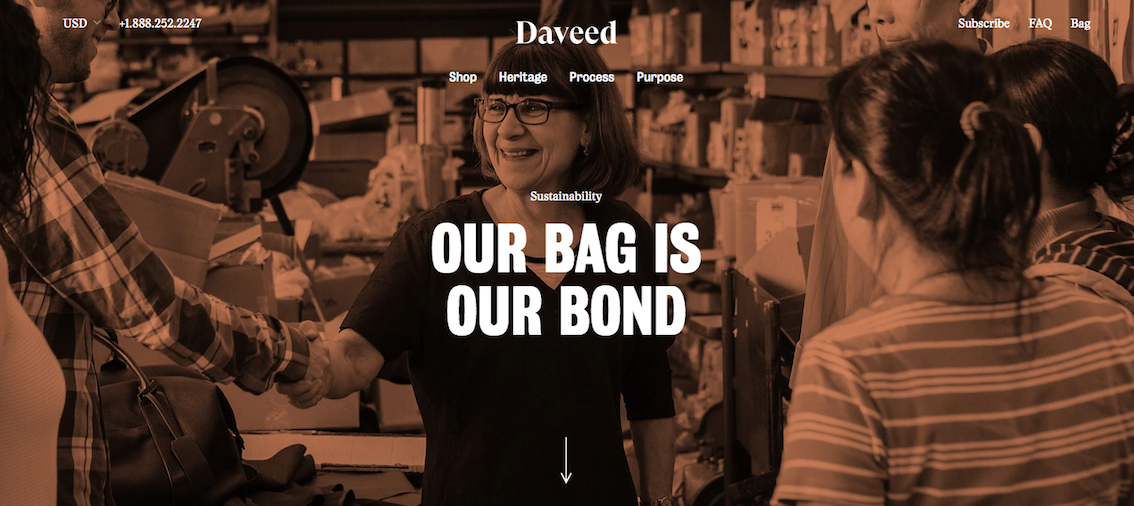5 Actions to Take to Increase Ecommerce Sustainability

After years of steady growth, ecommerce has hit warp speed in 2020. More people than ever are turning to online shopping due to stay-at-home orders. At the same time, there’s another critical issue at hand: our planet is in crisis.
The old way of doing business used to define these as two separate issues. But that’s no longer true. In April of this year, 83% of consumers said they consider the environment before making a purchase. Looking forward, ecommerce and environmental sustainability have to grow together.
Like retail itself, the integration of sustainability into the sales business model is evolving. As customers push brands to greater sustainability, it’ll be exciting to see how merchants answer the call. But, better yet, there are things retailers can do today to address climate change through your ecommerce store. Let’s take a look.
1) Create Product Filtering by Sustainability

Online shopping is all about convenience and making your products accessible to a broad audience. As we shared above, more and more people want their purchases to be low-impact on the environment. In response to this demand, give your customers the opportunity to filter your products by sustainability.
Farfetch is a strong example of this with their filtering of “The Conscious Edit.” Right from the homepage navigation, they list several different ways to Shop By including Best Sellers, Black Designers, Wardrobe Essentials, Conscious, and more. When a shopper shops by the Conscious Edit, Farfetch explains on its landing page, “Our Conscious collection is … where we champion designers and products that truly embrace sustainability, sourced from all over the world.”
The site also has a page in their Stories that describes the criteria for the Conscious Edit. Customers can shop various categories from this section, i.e. Conscious Women, Conscious Men, Conscious Kids. They can also shop pre-owned products from this page. Or people can explore Farfetch’s numerous strategies to address climate change from here as well.
2) Calculate Your Products’ Environmental Impact

Simply put, there’s too much carbon in the earth’s atmosphere. (See: the Greenhouse Gas Effect.) Many daily activities, like shipping a product, add to the carbon load. Increasingly retailers are addressing this issue through data measuring and carbon offsets.
This summer Just Salad introduced a carbon label for menu items. In their own words, it’s “a nutrition label for the Earth.” The label estimates the environmental impact of growing, producing, and transporting for every salad.
Now the numbers get wonky. For instance, a salad can have 0.64 kg CO2e. This means 0.64 “kilograms of carbon dioxide equivalent.” It’s hard for most people to know what that number means, so Just Salad helps us out. They explain, “Today the average carbon footprint of the typical American diet is 4.7 kg CO2e per person per day…Our menu average is 0.81 kg CO2e.” They also detail these numbers in the buying process for each salad purchase.
Canadian apparel maker, The Good Tee, has an environmental impact meter for several products in their store. It doesn’t factor in carbon, but it does process data for water and energy usage, emissions, and chemicals avoided per garment. We’re in the early days of tools like this, but it’s still a useful measure for how this company is thinking about their products. It shows customers that environmental responsibility is at the forefront for this company.
3) For Retailers on Shopify and Shopify Plus, Implement Carbon Offsets
If figuring out your products’ impact feels overwhelming, consider carbon offsets. This is a shorthand, but effective, way to mitigate carbon output from your business activities.
For merchants on Shopify and Shopify Plus, the platform’s tools allow you to create carbon offsets. On the side of retail operations, they have the Shopify Offset app. This app has an Offset dashboard that displays the impact of your shipping emissions. Then, once a month, the app calculates carbon offsets to neutralize the impact. As Shopify explains, “The price is low—a few cents or less per order—and your Offset payments go towards forest protection initiatives. Charges will appear on your monthly Shopify bill, and you can opt out at any time.”
One of retailers’ critiques of the Shopify Offset app is that the information is not customer-facing. The data, both the impact and its offset, is only visible on the merchant dashboard. But, if retailers integrate with the Shop app, then customers can be shown how their purchases get matched with carbon offsets. Shopify partners with Pachama, an organization that develops forestation projects around the world, to supply carbon offsets for both the Shop and Offset app.
4) Communicate Every Effort to Be Sustainable

Even if you feel as though your company could do more to address environmental issues, forge ahead and share what you are doing now in your business. A 2016 study by Label Insight showed that 94% – nearly all! – customers will be more loyal to brands that offer product transparency. Pull back the curtain on your operations and let people know how you are making your company as sustainable as possible. For example:
- How are you sourcing the materials for your products?
- Have you made packaging decisions that are better for the environment?
- Do you offer shipping options with a lighter impact?
- Are your UPS or Fedex shipping plans carbon neutral?
- What does your company do with returned products, i.e. do they find a new home through donations?
The clothing company, Reformation, is a leader in communicating sustainability. (And walking the walk.) They have an entire section of their site dedicated to product sustainability. When customers land on this page, they immediately learn that Reformation is combating fashion waste through a shorter design cycle. Traditionally, fashion brands planned their collections up to 18 months in advance. Then they’d have to throw a lot of it out because trends changed during the production process. With Reformation, however, they take a garment from concept to finished product within a few weeks. This vastly cuts down on waste.
5) Share Your Company’s Vision for Sustainability

Lastly, your company does not have to be perfect to get started in sustainability. Heritage bag maker, Daveed, does a great job communicating their efforts to make environmentally-friendly products. They already have a strong story to tell. But the best part is they share their vision of sustainability for the future.
This includes, for example, that Daveed wants to be able to track the full lifecycle of their bags. They also want to close the production loop: “We strive to create a system where used bags can be recycled back into their component parts and turned into new long-lasting goods.” Even though the company is not there today, it’s powerful for customers to learn where they are working to go.
Both ecommerce and environmental sustainability are here to stay. There are things retailers can do today, like buy carbon offsets, to neutralize their company’s impact. But there are also long-range goals to develop, such as sourcing the most friendly materials for your products. No matter where your company is on the spectrum of sustainability, let your customers know how you are addressing these issues that concern them. And let them know your long-term plans to build a sustainable business into the future.
